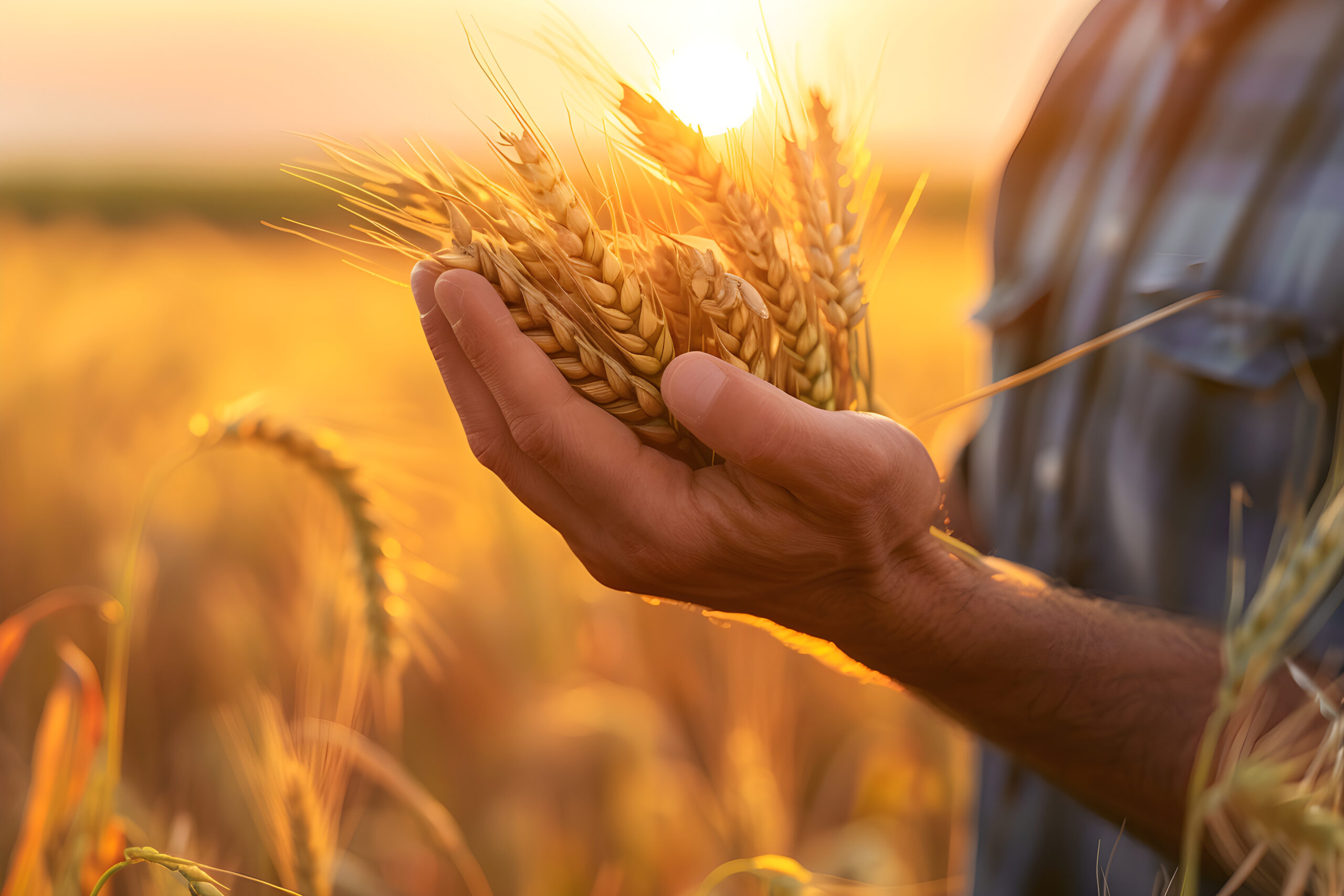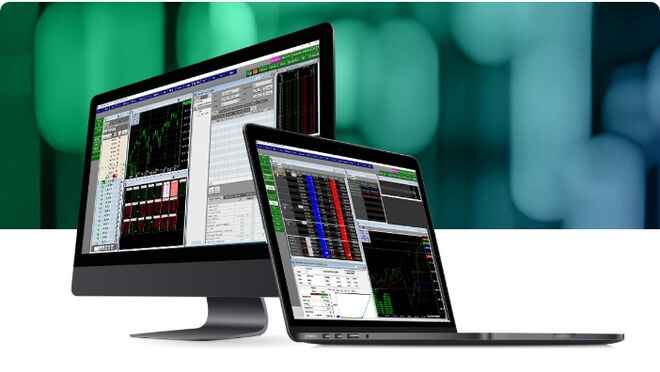Agricultural markets can be somewhat predictable as they are on a set seasonal planting, growing, and harvesting cycle. Historical agricultural commodity data allows farmers and traders to generally see what months certain things should occur for the best economic result. Many farmers do their best to stay within those windows of activity, while also reacting to the unpredictable weather, changes in international supply and demand, and any other unforeseen circumstances. A trader then has the challenge of trying to predict the farmers’ actions, which can be difficult without the time or the resources to properly watch the market. Here at RJO Futures we have brokers who spend their entire day educating clients, interpreting reports, and thinking up trades best suited for the current climate of each market. From grains and livestock to milk futures, RJO Futures offers a full range of agriculture futures.
Popular Agriculture Futures
RJO University
Gain the knowledge and skills to trade futures with confidence. Access in-depth guides, market analysis, and actionable insights. Whether you’re a novice or seasoned trader, our century of industry experience empowers you to navigate complex markets and make informed decisions. Start your journey with RJO’s trusted expertise.
 Agriculture Futures
Agriculture Futures
Grain Futures
 Agriculture Futures
Agriculture Futures
Mastering Agricultural Futures: A Comprehensive Guide to Trading Success
 Agriculture Futures
Agriculture Futures
Trading Agricultural Futures
 Agriculture Futures
Agriculture Futures




